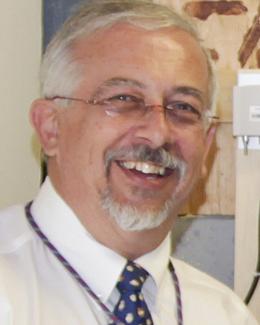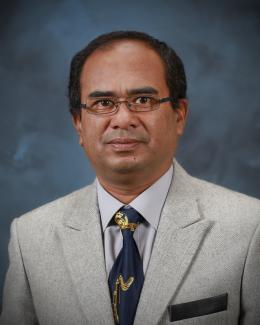Abstract
In the past few decades, significant efforts have been made to improve the theoretical understanding of thermal transport mechanisms in thermal insulation materials and push the thermal conductivity's lower limits. However, most works focused singularly on specific types of materials, and the models used for thermal conductivity predictions are diverse - a model that fits one material might not fit others. Here, we improve and unify the gas and solid thermal conductivity models for porous materials. Through experimental characterization of several different materials as well as literature data for other materials, these models are validated. We have also found that the pressure-dependent gas thermal conductivity of most materials can be well fitted by using one or two pore sizes without using a complex pore size distribution. With the refined models, we decompose the effective thermal conductivity of several thermal insulation materials into gas, solid, and radiation contributions. For cellular (polystyrene and polyurethane) foams, the relative contributions from air, solid, and radiation are 58–75%, 3–11%, 16–38%, respectively. For granular porous materials (polyurethane and silica in this work), the contributions from air, solid, and radiation are 45–66%, 34–46%, and 0–8%, respectively. This work is expected to provide guidance on the design and optimization of the next generation of thermal insulation materials, for example, through the effort of reducing gas conduction and radiation in foams and suppressing gas and solid conduction in aerogels.




